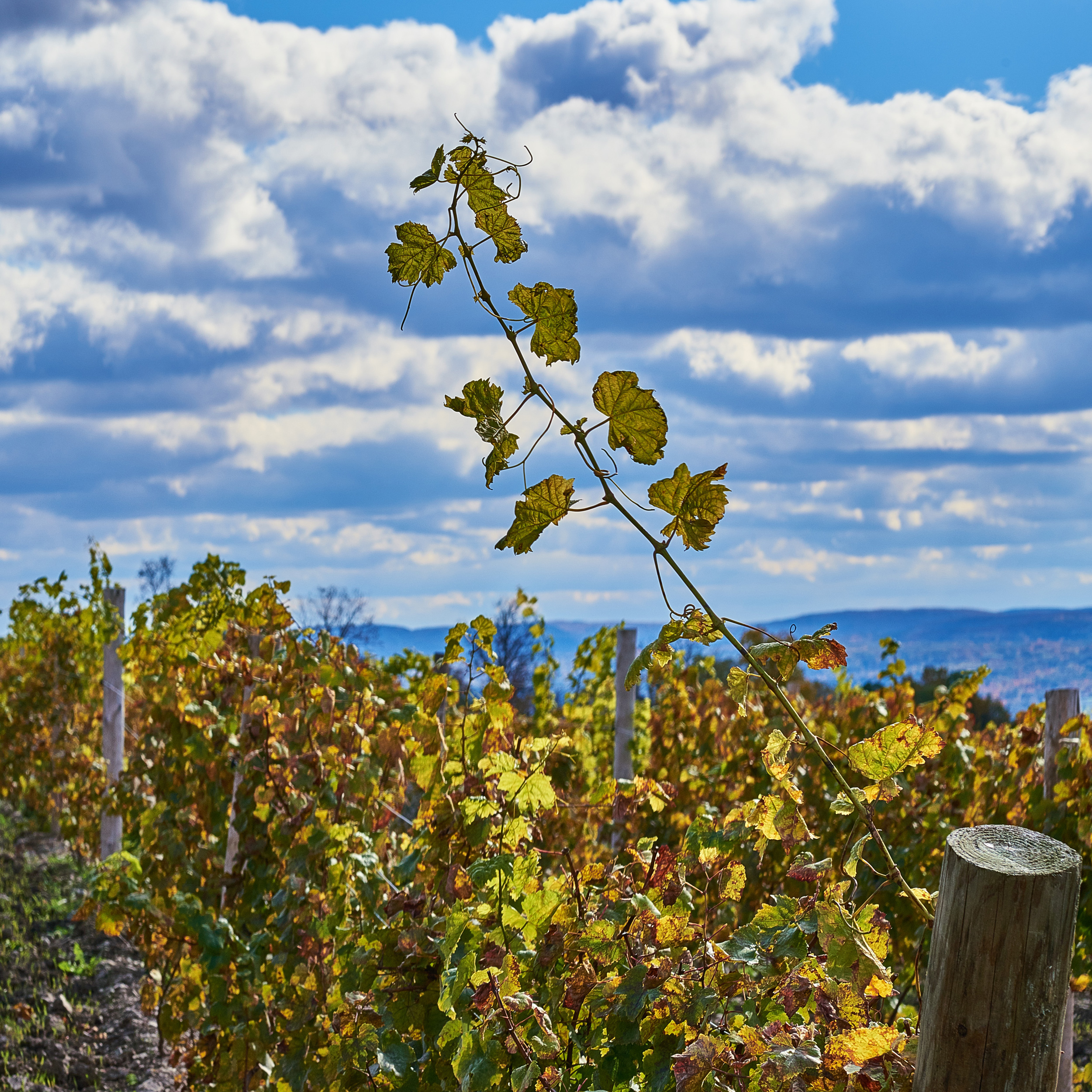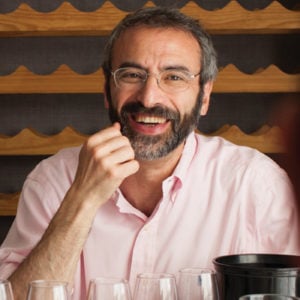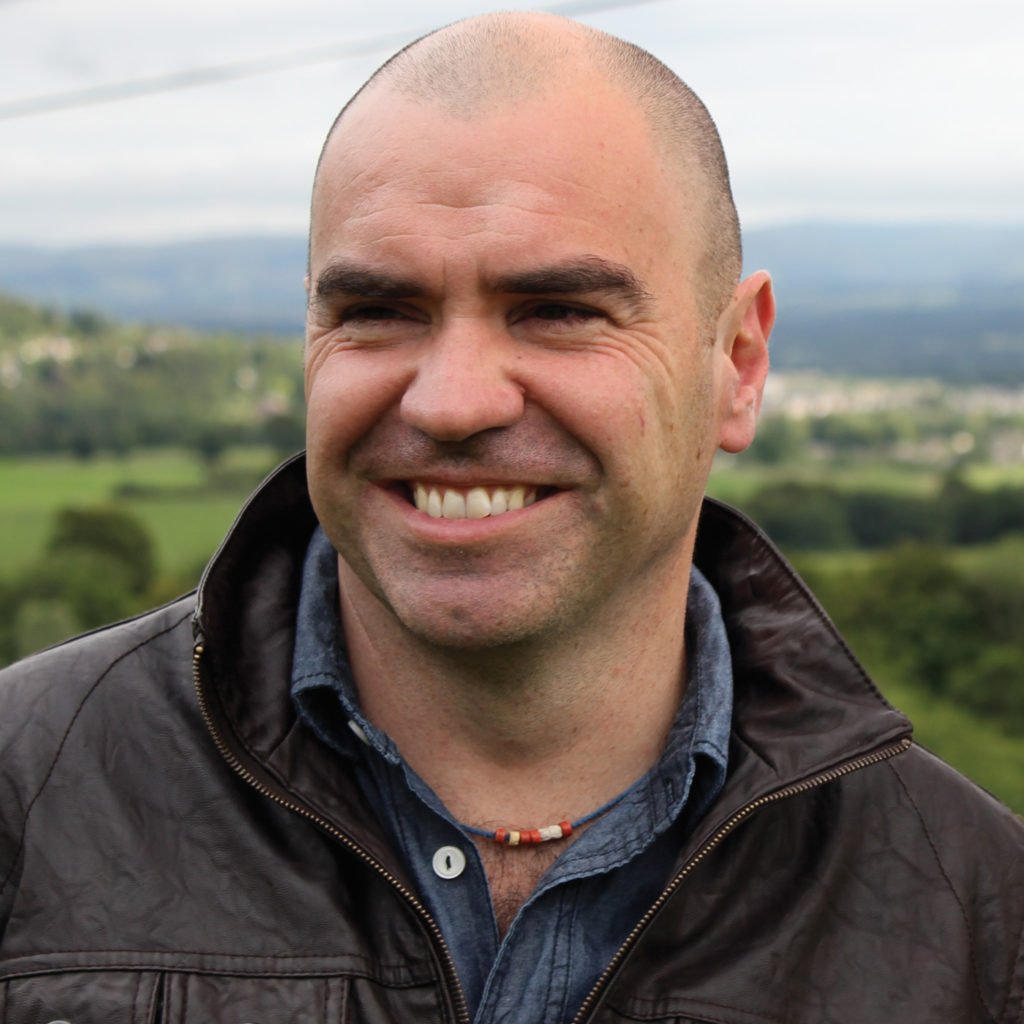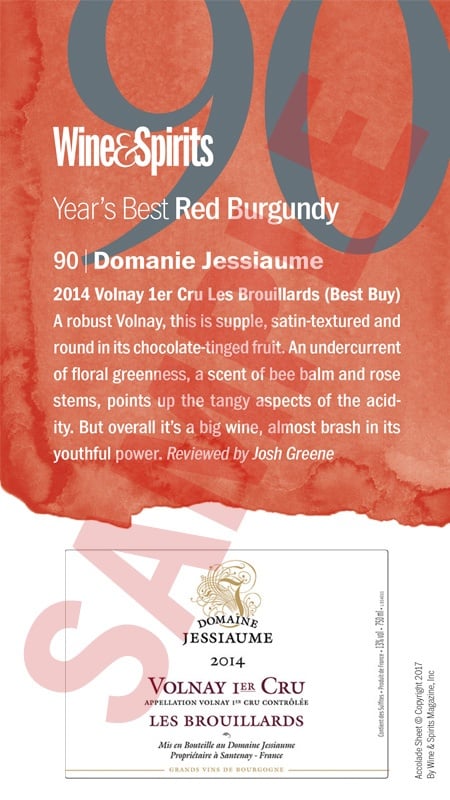One bright summer morning between rainstorms, Bloomer Creek proprietors Kim Engle and Debra Bermingham walked me through their new Barrow Vineyard, outside of Hector, New York. Vines are in their third leaf on this gentle west-facing slope overlooking Seneca Lake, and they’ve started with four acres of riesling. Since we…
To read this article and more,
subscribe now.
To continue reading without interruption, subscribe and get unlimited digital access to our web content and wine search.
This story appears in the print issue
of April 2016.
Like what you read? Subscribe
today.
















